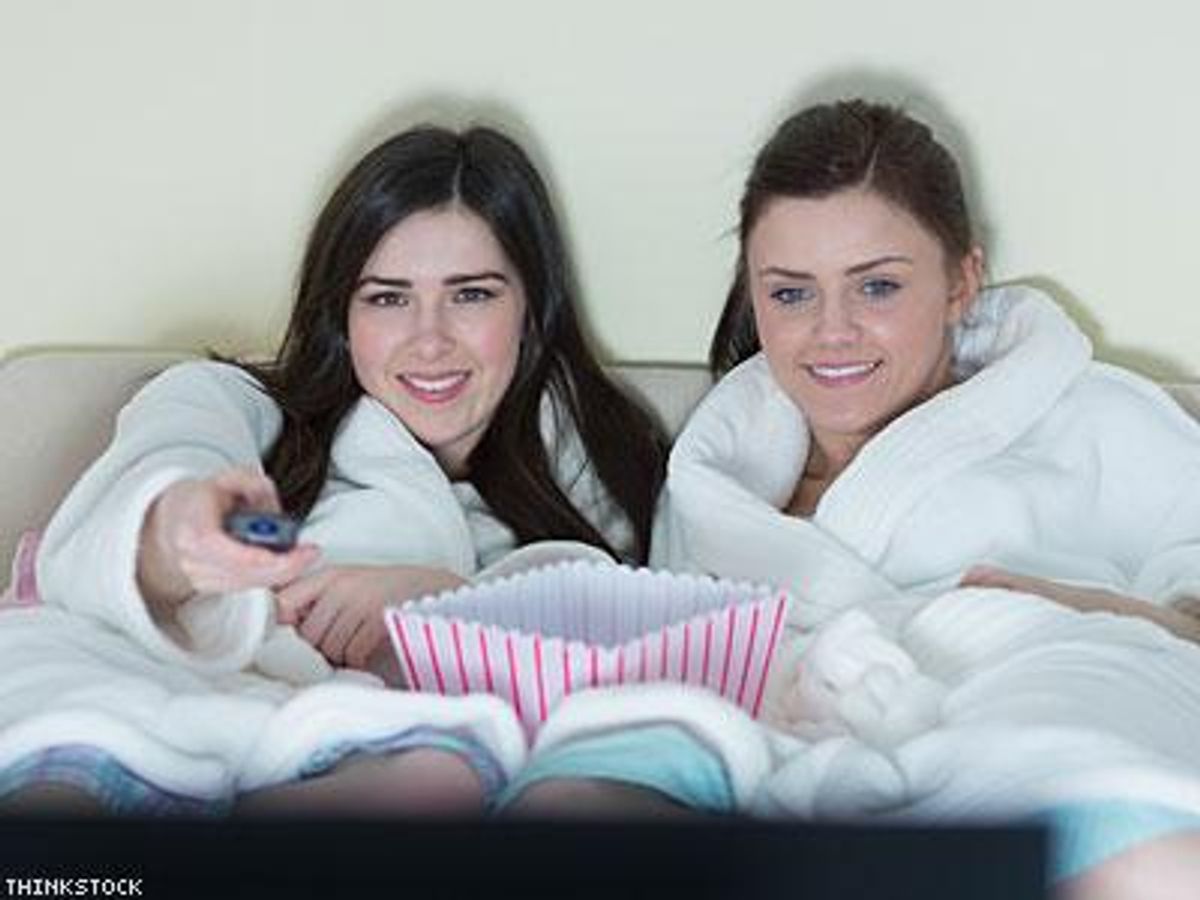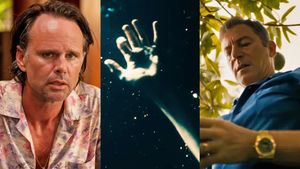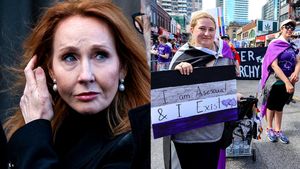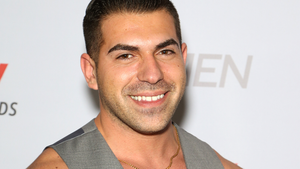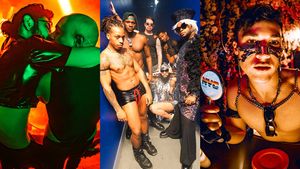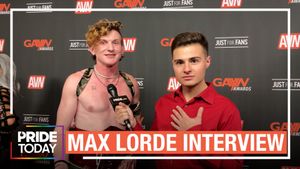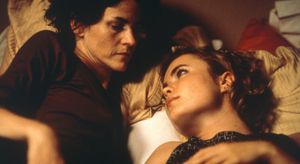For decades, major films were governed by the Motion Picture Production Code, which called for "wholesomeness" and "correct thinking" coming out of the studio system. Hollywood policed itself and eventually was officially censored by the government starting in 1930 based on community standards demanding moral guidelines for the content of films. Over time, those standards began to change, and by 1959, the letter of the law--which up until this point had been a list of "Don'ts" and "Be Carefuls" -- began to evolve based on the shift of society's collective thinking. By that point, a production code-approved film could deal with almost anything that wasn't gay.
Section II of the Code dealt with outlawed homosexuality on screen until the Code's end in 1968. Today, in 2014, Section II is being reclaimed as a film company that acquires, creates, and showcases premium LBTQ content across our network of streaming channels.
We, of course, believe in the importance of the overall LGBTQ+ movement and uniting together for equal protection under the law. We are dedicated specifically, though, to better representation for LBTQ women in popular culture because there is an undeniable gap in the representation of men and women, across niche and mainstream media alike.
On Netflix, for example, the Gay & Lesbian category holds only 179 titles for viewers to stream, of which 43 are female-focused. It's a 3:1 ratio of gay male-focused content versus everything else. And those 43 titles are only .003 percent out of almost 14,000 films and TV shows on the site that are classified as portraying a prominent LBTQ storyline.
The traditional production and distribution cycle is something that the entertainment industry is working to address across markets and genres, but it's something that has affected the LGBTQ communities more directly, for a longer time, than it has been an issue for the industry at large. There has always been a wariness of niche content as being a "not profitable" endeavor, but it's time for that backwards thinking to be laid to rest. We as a community have the opportunity to combat this outdated theory and prove the viability of our domestic emerging market by showing that supply and demand applies to us. More importantly, if our creative producers, directors, writers, and filmmakers are given the chance to tell our stories, ones that are not whitewashed by the entertainment industry for the sake of broad-market appeal, the LGBTQ community will support and drive marketability of diverse content that is created in partnership with a distribution company that can build an audience throughout the entire life cycle of a project.
Visibility remains a large part of what we mean when we say #BetterRepresentation but what is also important is the creation of diverse stories, different formats, and contemporary issues being presented in contemporary styles that resonate across communities. Section II is building a hub for curated, high-quality LBTQ films and series because we believe that the lack of access to this content has a negative effect on our community and on society as a whole. Furthermore, we truly believe this is something we can continue to help fix.
We're a new option for both filmmakers and audiences alike -- a destination platform that will be an ally for both content creators and content consumers. The model for releasing a film is changing, and we are here to make sure that uncertainty doesn't continue to marginalize content that features queer storylines. Knowing where a film can live takes away the pressure to modify its premise in order to ensure a distribution deal.
Trailblazers like Kathy Wolfe (Wolfe Video) and Lisa Sherman (LOGOtv) created a space for gay and lesbian content in the mainstream where none existed before. Without the work that they've done, SectionII.com wouldn't even be a conversation. But because of them -- and hundreds of people like them who have created beautiful art across formats and genres -- we are able to be both an homage to the work that has come before us and a next step in the ongoing movement. The time has come for technology and content to merge and foster creativity as the next frontier for equality.
Yes we've made progress at every point of measure across the social and political spectrum, but what we've learned about acceptance and representation in the last 40 years is that we can't rest. We can't settle for what is given to us as a placeholder for what we deserve, what we want, and what we need.
Each year, there are 225 LGBT film festivals that screen over 500 new LBTQ features, shorts, and series. In 2012, only 17 of these films made it to theaters; in 2013, the number was 12. Unless you were lucky enough to catch a premiere at a festival, the odds that you would've seen the overwhelming majority of this new content is low. But with the growth of online and mobile Video on Demand options, there's no reason that these titles should be impossible to access.
The entire film ecosystem is in flux, and unless we foster development of the content we want to see, we will once again be lost in the margins of the stories that are being told. Section II launched this month with a Beta version of the site and a crowd funding campaign on Seed & Spark to kick off a year of audience engagement and content development. We have to raise 80 percent of our $50,000 goal in order to get the green light and move forward with our plans to upgrade the site, continue our acquisitions and licensing, and begin shooting our first original series this summer. But we can do so much more: if just 1 percent of the LBTQ population--or a fifth of one percent of the movement at large -- donates $25 each to our campaign, we can create content at a pace that's never been attempted and deliver it to an audience that's never had the chance to consume its fair share. It's not just one film project; it's thousands. And it's community standards demanding #BetterRepresentation for LBTQ women in popular culture.
ALLIE ESSLINGER is a film producer and founder of SectionII.
